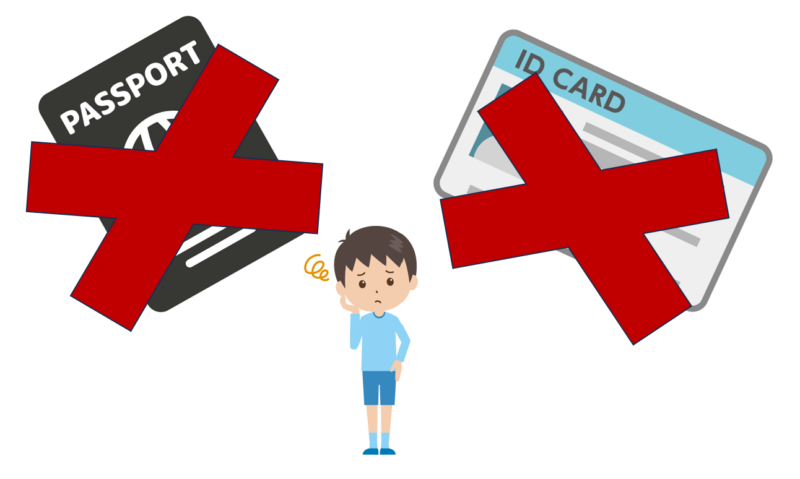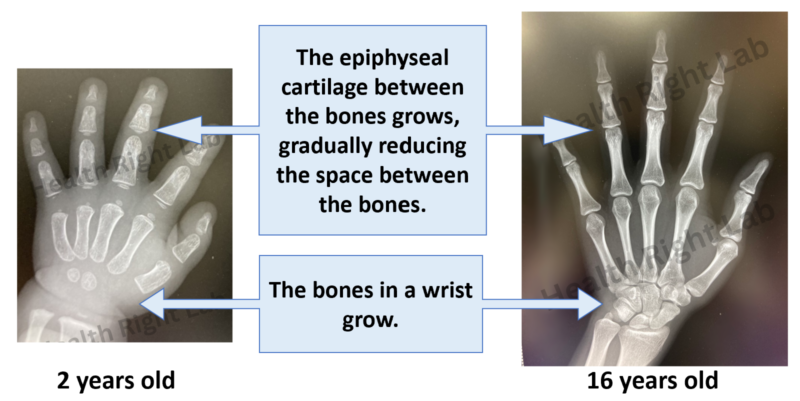
Is it true there are age-unknown migrant children?
Some migrant children are unable to prove how old they are because they do not have identification documents.
The country of arrival does not know whether they should treat those persons as “children”.
In particular, unaccompanied minors (UAMs) who migrate to other countries without parents/guardians often do not carry proof of their date of birth.


Compared to a 5-year-old who clearly looks like a child, a 16- or 17-year-old may be mistaken for an adult.

How many age-unknown migrant children are there each year?
Although it is difficult to find comprehensive data for all countries, some countries do provide data.
Let’s look at the data in the United Kingdom.
Among asylum seekers from 2019 to 2022, there were approximately 800 to 3,000 age dispute cases as shown in the graph below.
An age dispute case means that even if the applicant claims to be under 18 years old, the country does not agree and suspects them to be an adult.

In those suspected cases, an age assessment is performed.
As a result of the age assessment between 2019 and 2022 in the UK, approximately 50ー60% were concluded as children.
The graph below shows the age distribution in 2022, 62% of suspected cases were identified as children under 18 years of age.


Is there a scientific method to prove the age?
Currently, no test can reliably determine the age.
X-ray examination is often used for an age assessment. This is because the bones mature with growth, and by the age of 15 to 16 they reach the same state as adults.
Therefore, by looking at X-ray images, we can estimate how mature bones are during childhood (bone age).
The below two X-ray photos show the difference between the ages of 2 and 16.
At 2 years old, there are spaces between the bones. However, there are much fewer spaces between each bone at 16 years old.
Also, there are only two wrist bones visible at the age of 2, but many bones at the age of 16.

However, X-ray examination has the following limitations for using the age assessment.
– Bone growth varies depending on various factors such as hormones and nutritional status.
– X-rays taken around the age of 16 are similar to those of adults. So there is no big difference in the X-rays taken between 17 and 18 years old.
Therefore, X-rays alone cannot reliably distinguish between children (under 18 years of age) and adults.
Age assessment requires a comprehensive judgment using the following tests.
☆ Confirmation of documents and interview about past life and family by trained staff
☆ Physical examination by a pediatrician
☆ Interview by a child psychiatrist or social worker
☆ X-ray photography (wrist, teeth, etc.)


Determining our age is more difficult than I thought.
Why is it important to be recognized as a child?
Next, let’s explore this question.
⇒ Continued with “Age-unknown migrant children (2)”
References:
– Council of Europe. Age assessment for children in migration – A human rights-based approach (2021). https://edoc.coe.int/en/migration/11032-age-assessement-for-children-in-migration-a-human-rights-based-approach.html
– Age disputes, Asylum and resettlement datasets, Home Office, Gov.UK. Asy_D05: Age disputes raised and outcomes of age disputes. https://www.gov.uk/government/statistical-data-sets/asylum-and-resettlement-datasets#age-disputes
‐ The University of Tsukuba. Pediatric bone age measurement (in Japanese). https://www.bk.tsukuba.ac.jp/~mrlab/research/child.html
‐ Japan Sport Council. Growth and development (in Japanese). https://www.jpnsport.go.jp/hpsc/Portals/0/resources/jiss/column/woman/seichoki_handobook_1.pdf
– European Union Agency for Asylum. All you need to know about age assessment. January 2022. https://euaa.europa.eu/sites/default/files/publications/2022-01/2022_Booklet_Age_assessment_children_EN.pdf



